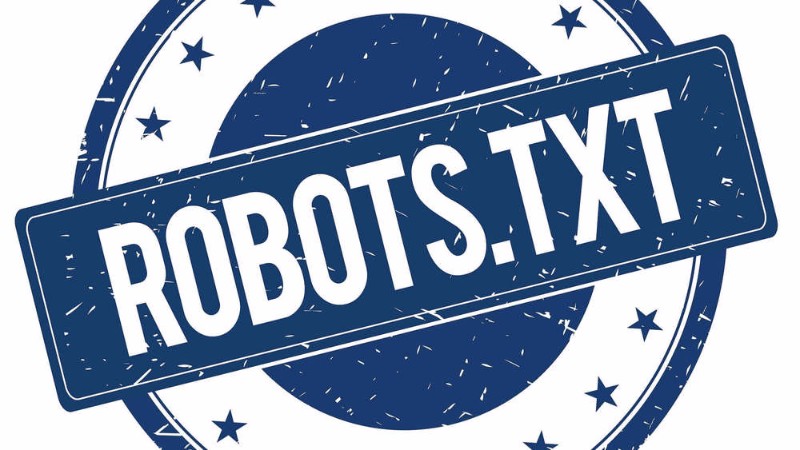Semalt: How To Block Darodar Robots.txt

Robots.txt file is a typical text file which contains instructions on how web crawlers or bots should crawl a site. Their application is evident in search engine bots which are common in numerous optimized websites. As part of the Robots Exclusion Protocol (REP), robots.txt file forms an essential aspect of indexing website content as well as enabling a server to authenticate user requests accordingly.
Julia Vashneva, the Semalt Senior Customer Success Manager, explains that linking is an aspect of Search Engine Optimization (SEO), which involves gaining traffic from other domains within your niche. For the "follow" links to transfer link juice, it is essential to include a robots.txt file on your website hosting space to act as an instructor of how the server interacts with your site. From this archive, the instructions are present by allowing or disallowing how some specific user agents behave.
The Basic Format of a robots.txt file
A robots.txt file contains two essential lines:
User-agent: [user-agent name]
Disallow: [URL string not to be crawled]
A complete robots.txt file should contain these two lines. However, some of them can contain multiple lines of user-agents and directives. These commands may contain aspects such as allows, disallows or crawl-delays. There is usually a line break which separates each set of instruction. Each of the allows or disallow instruction is separated by this line break, especially for the robots.txt with multiple lines.

Examples
For instance, a robots.txt file might contain codes like:
User-agent: darodar
Disallow: /plugin
Disallow: /API
Disallow: /_comments
In this case, this is a block robots.txt file restricting Darodar web crawler from accessing your website. In the above syntax, the code blocks aspects of the website such as plugins, API, and the comments section. From this knowledge, it is possible to achieve numerous benefits from executing a robot's text file effectively. Robots.txt files can be able to perform numerous functions. For example, they can be ready to:
1. Allow all web crawlers content into a website page. For instance;
User-agent: *
Disallow:
In this case, all the user content can be accessed by any web crawler being requested to get to a website.
2. Block a specific web content from a specific folder. For example;
User-agent: Googlebot
Disallow: /example-subfolder/
This syntax containing user-agent name Googlebot belongs to Google. It restricts the bot from accessing any web page in the string www.ourexample.com/example-subfolder/.
3. Block a specific web crawler from a specific web page. For example;
User-agent: Bingbot
Disallow: /example-subfolder/blocked-page.html
The user-agent Bing bot belongs to Bing web crawlers. This type of robots.txt file restricts the Bing web crawler from accessing a specific page with the string www.ourexample.com/example-subfolder/blocked-page.
Important information
- Not every user uses your robts.txt file. Some users may decide to ignore it. Most of such web crawlers include Trojans and malware.
- For a Robots.txt file to be visible, it should be available in the top-level website directory.
- The characters "robots.txt" are case sensitive. As a result, you should not alter them in any way including capitalization of some aspects.
- The "/robots.txt" is public domain. Anyone can be able to find this information when by adding it to the contents of any URL. You should not index essential details or pages which you want them to remain private.